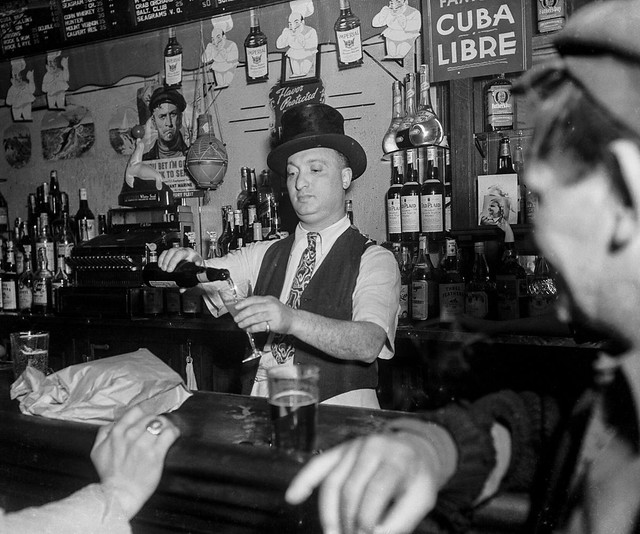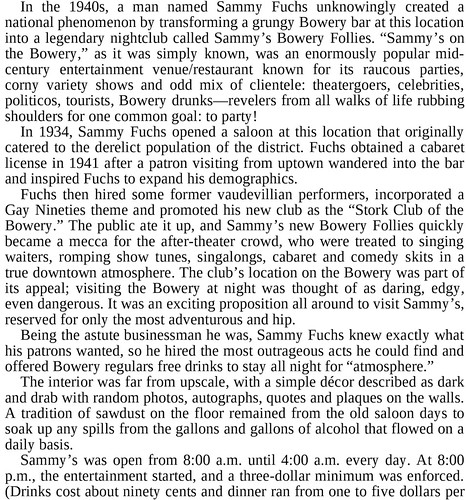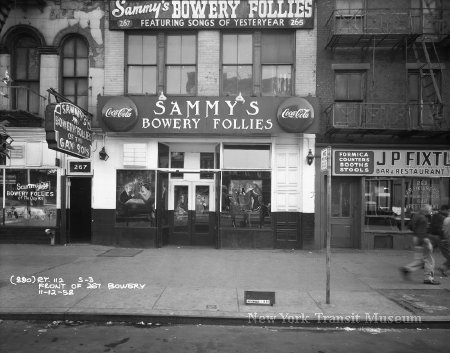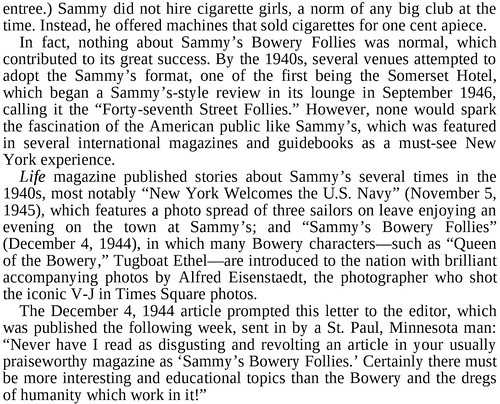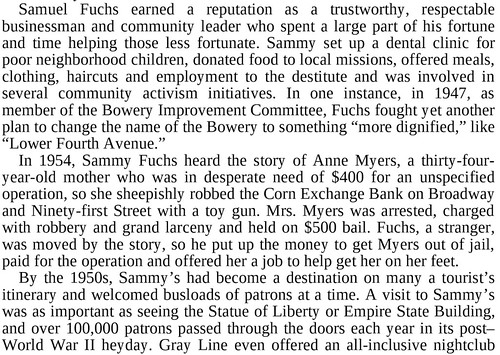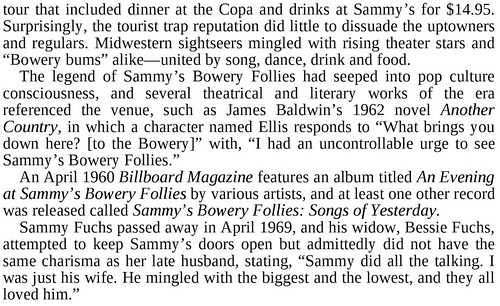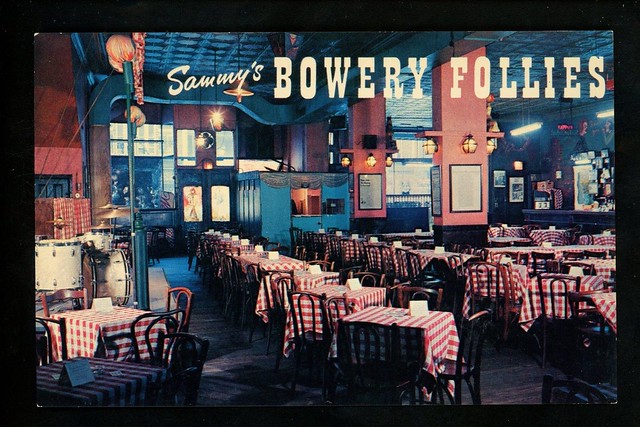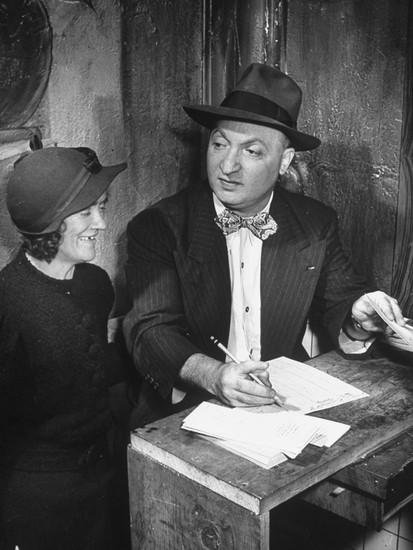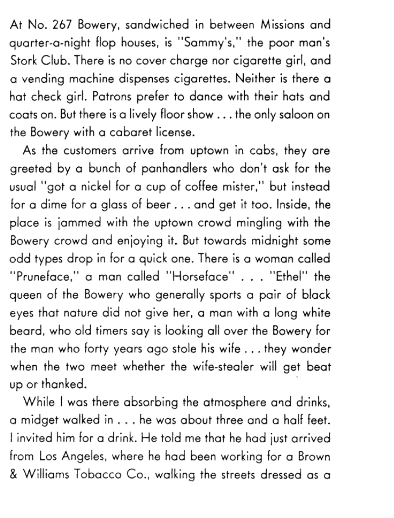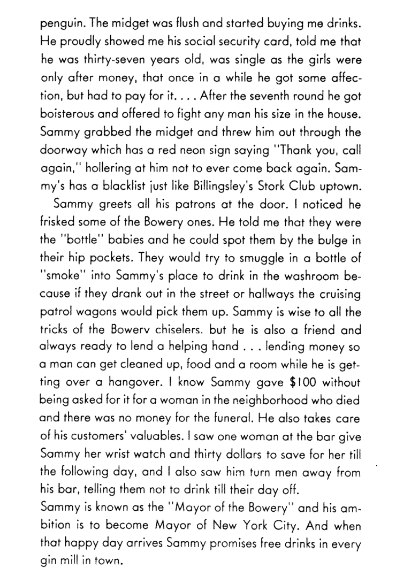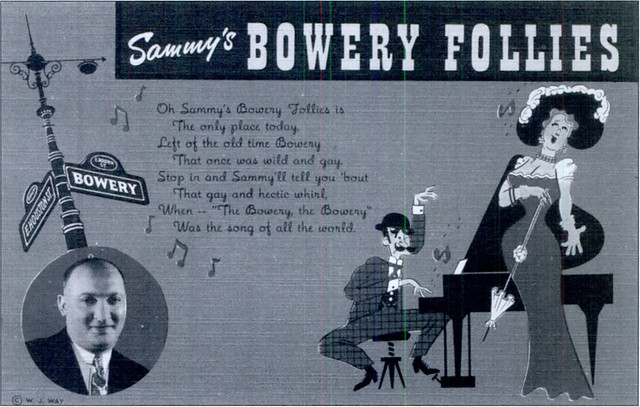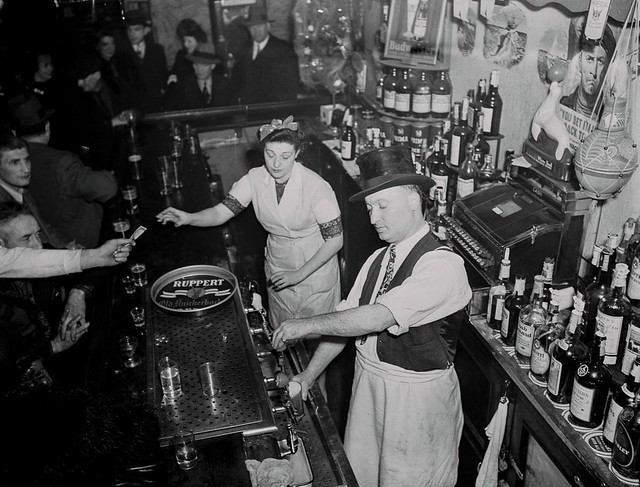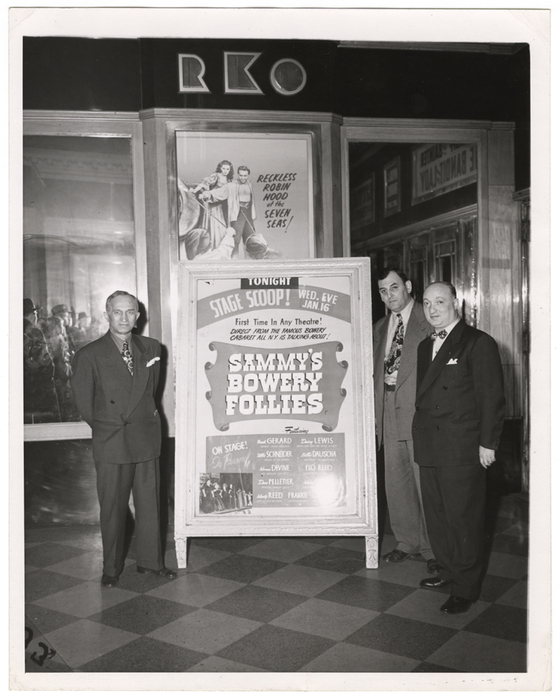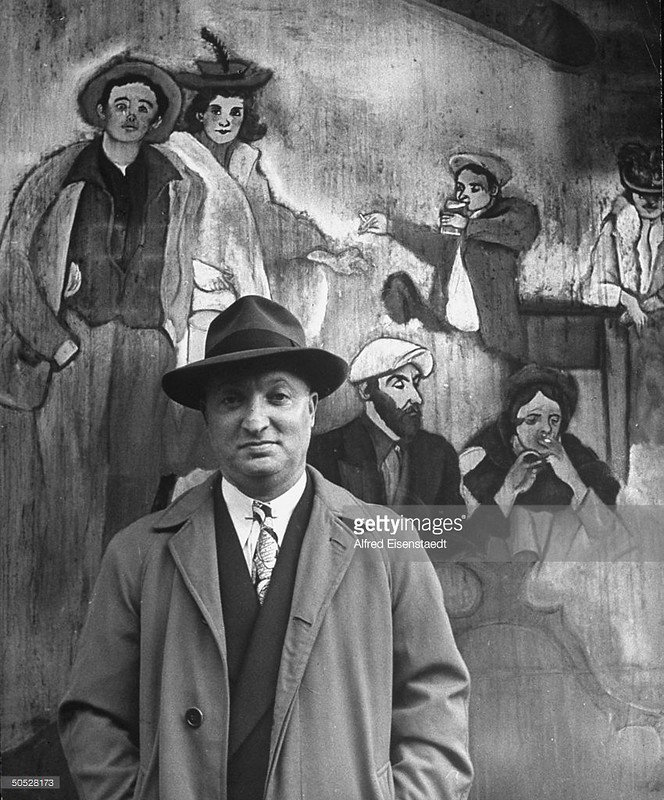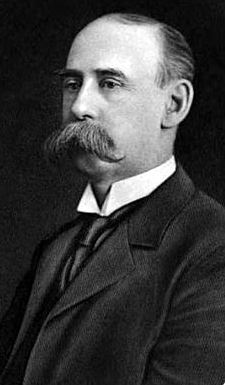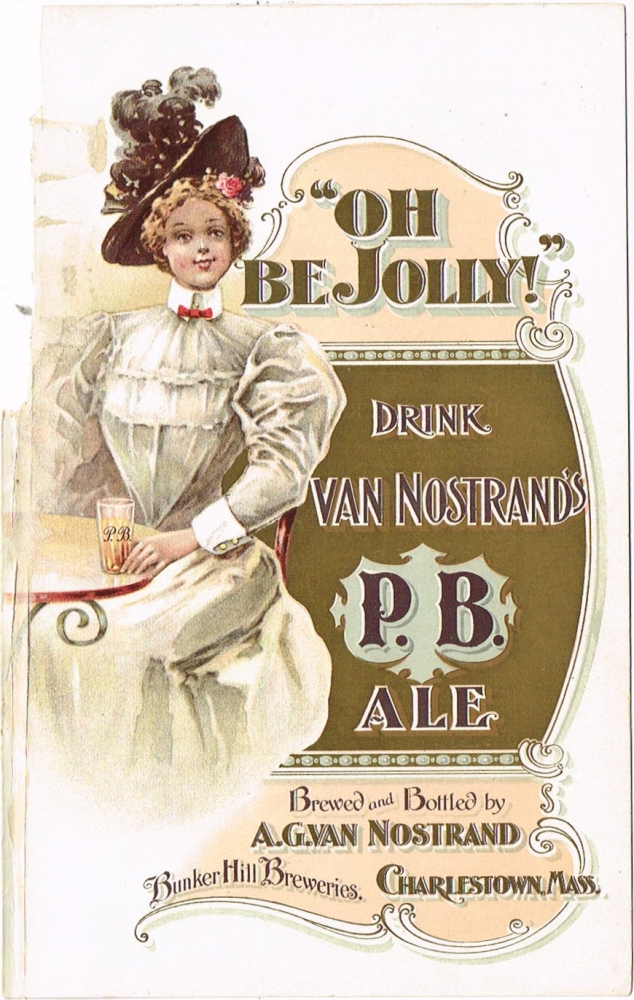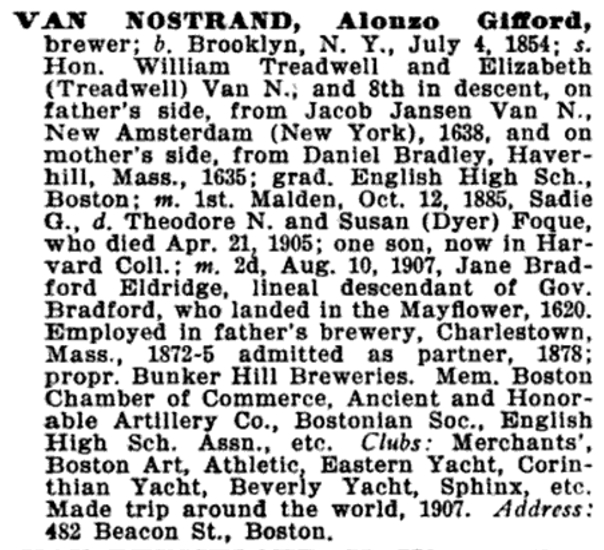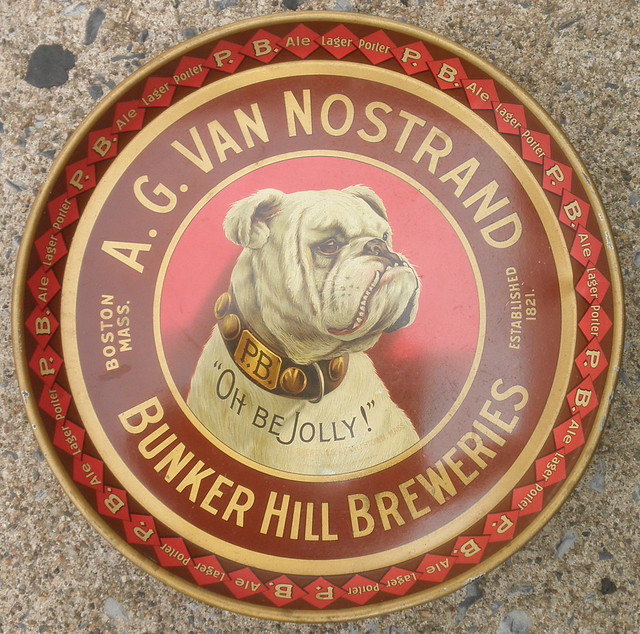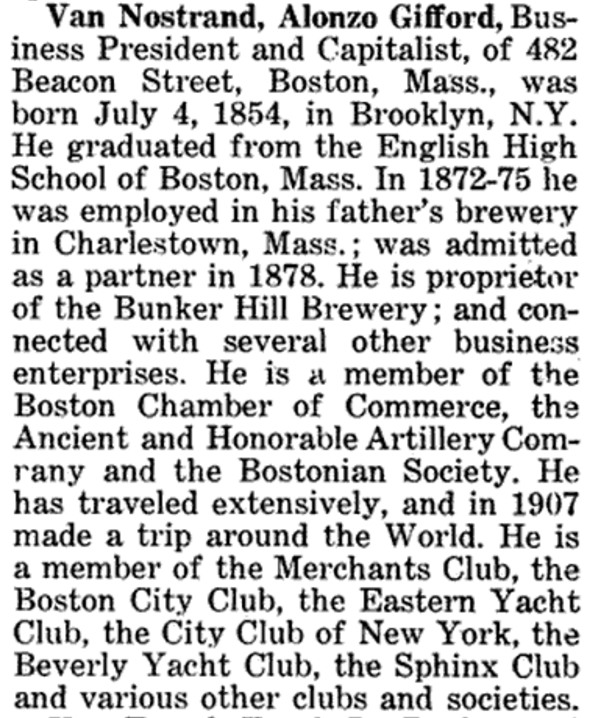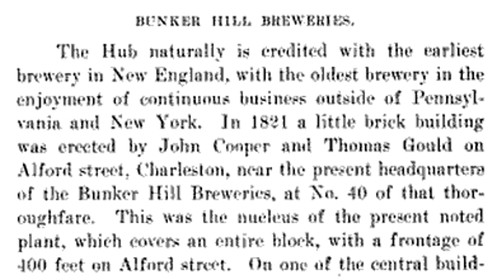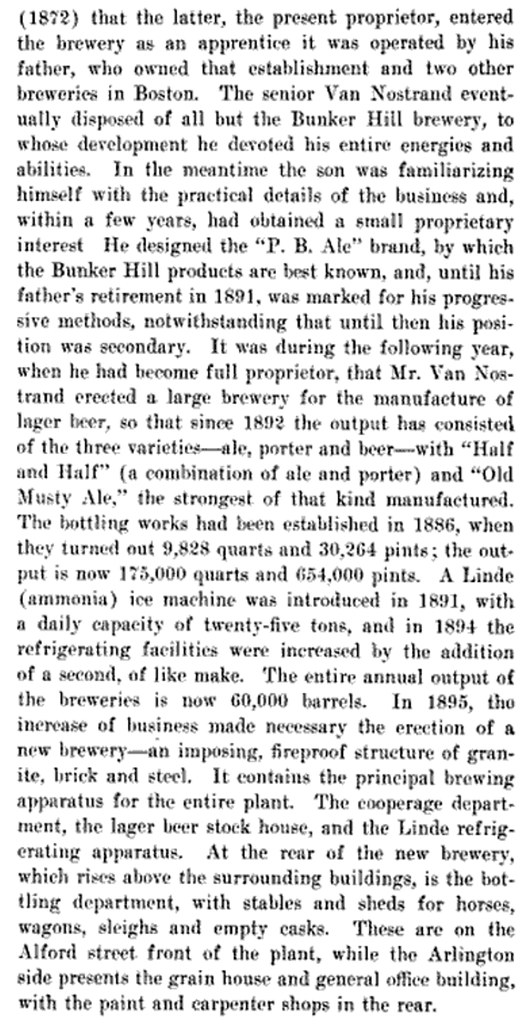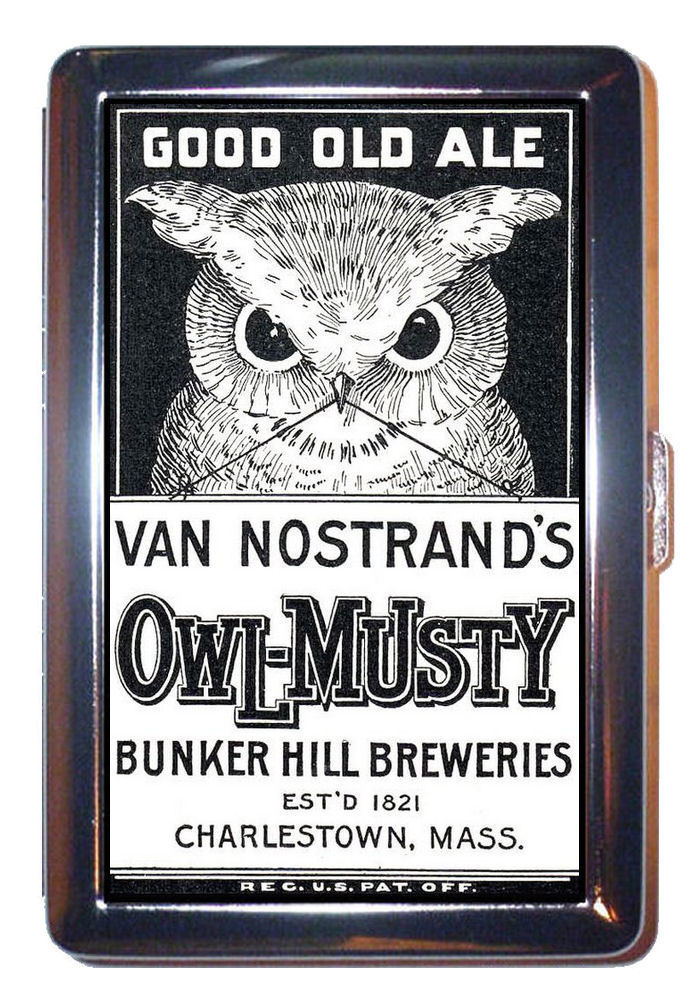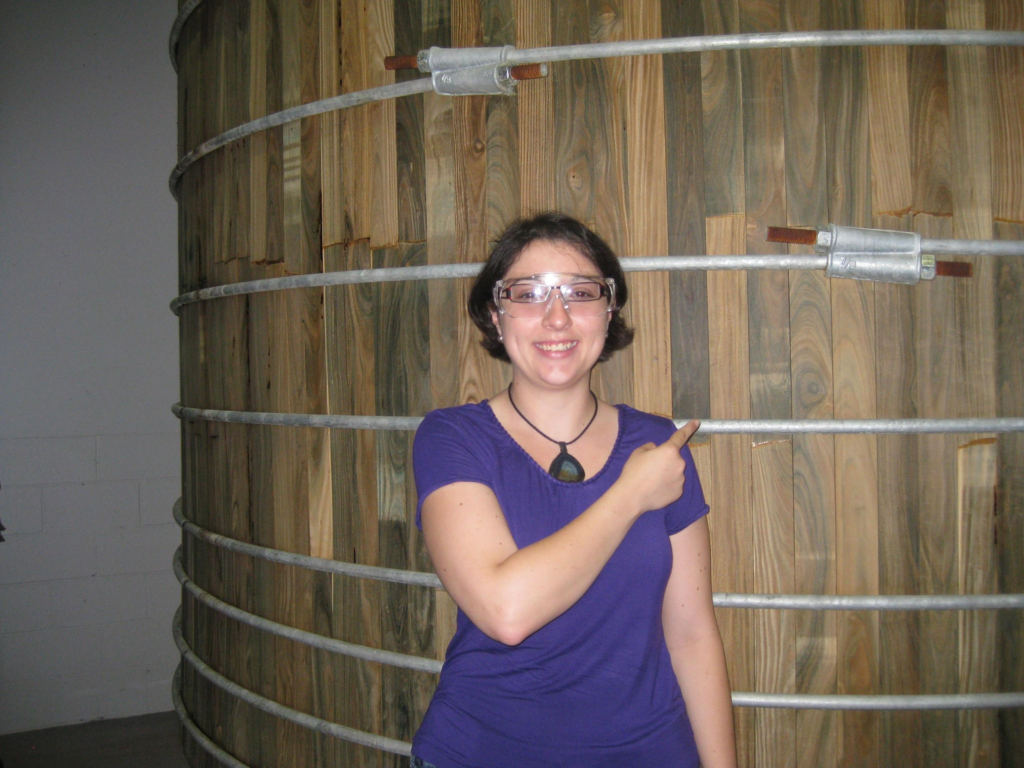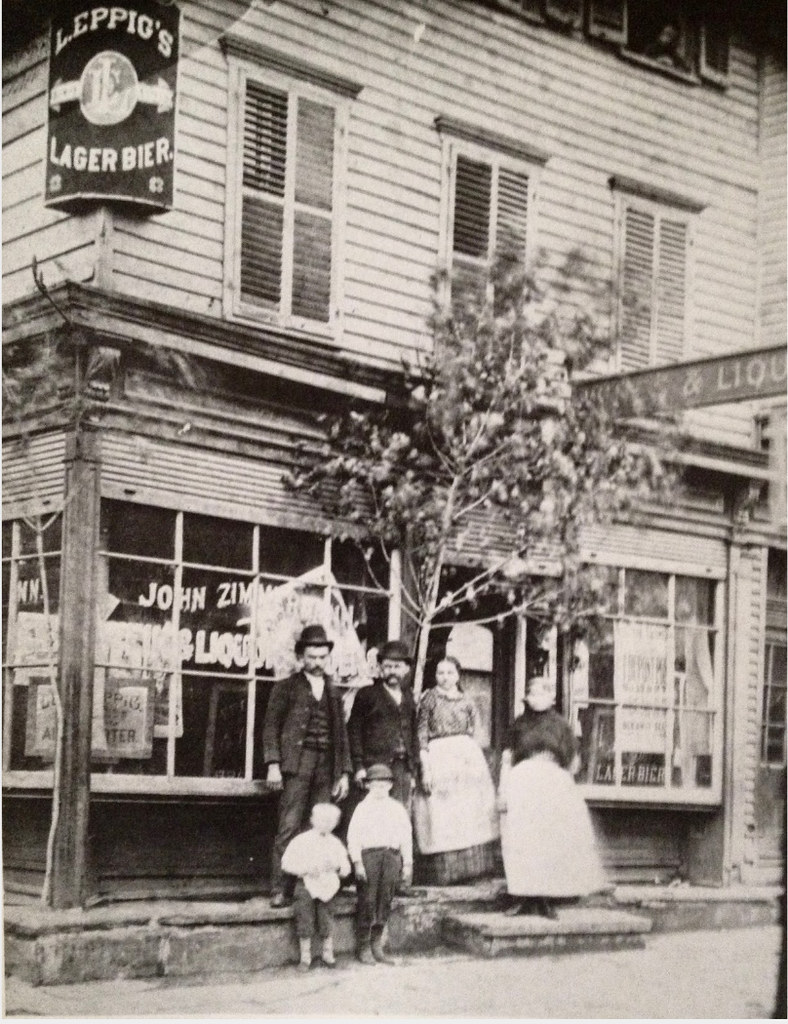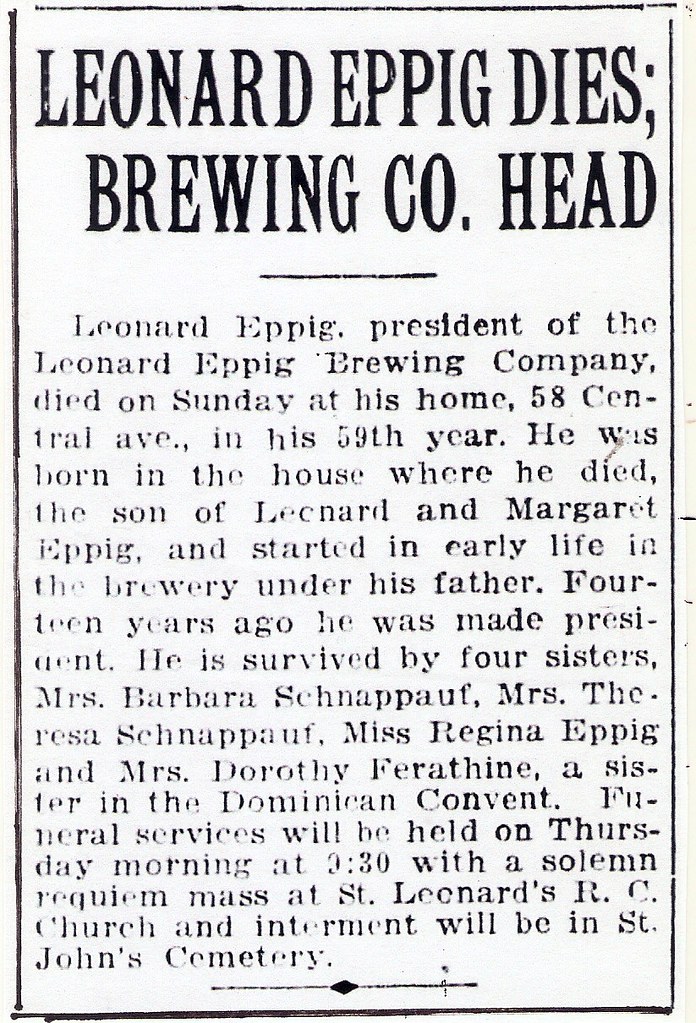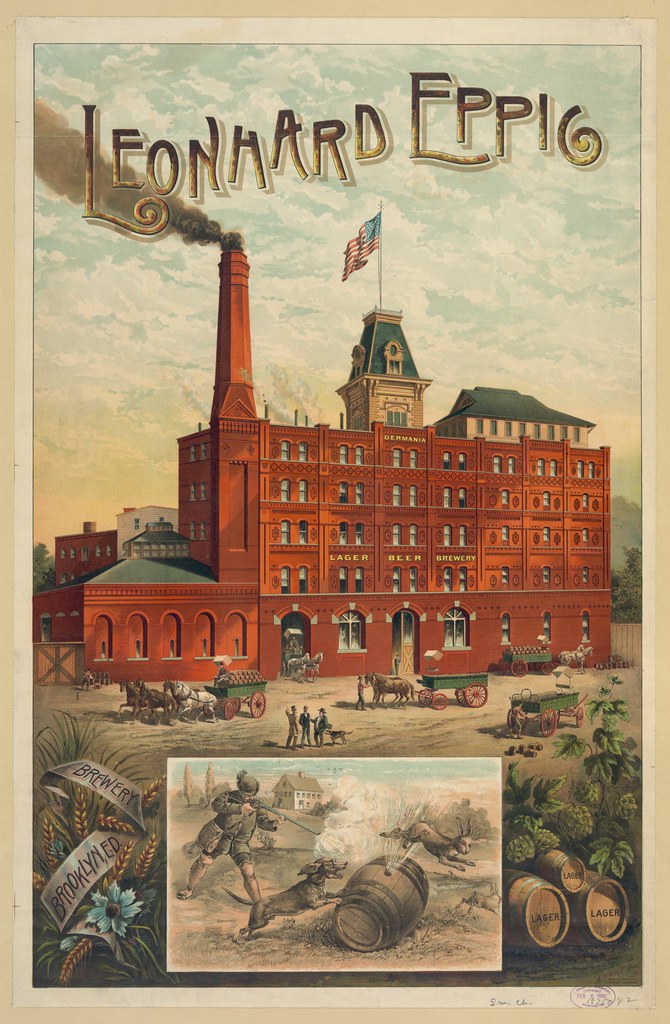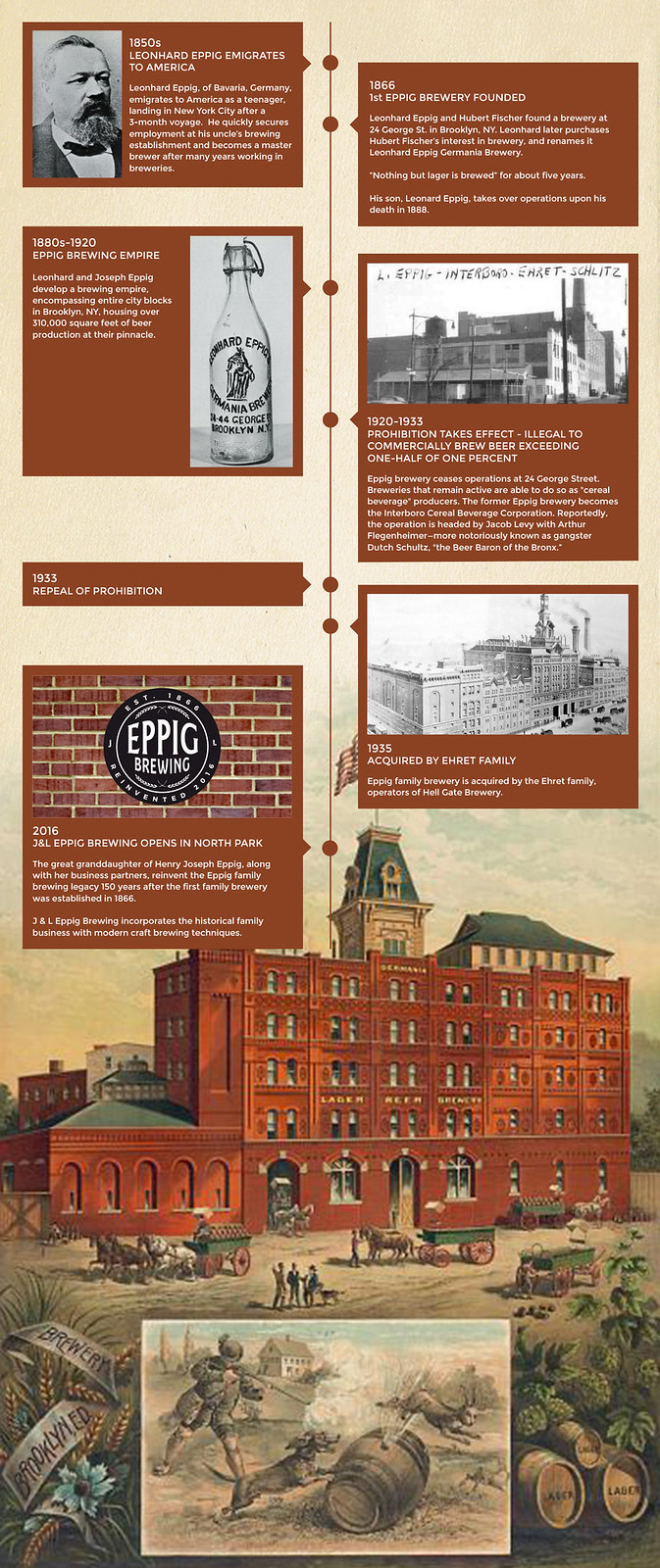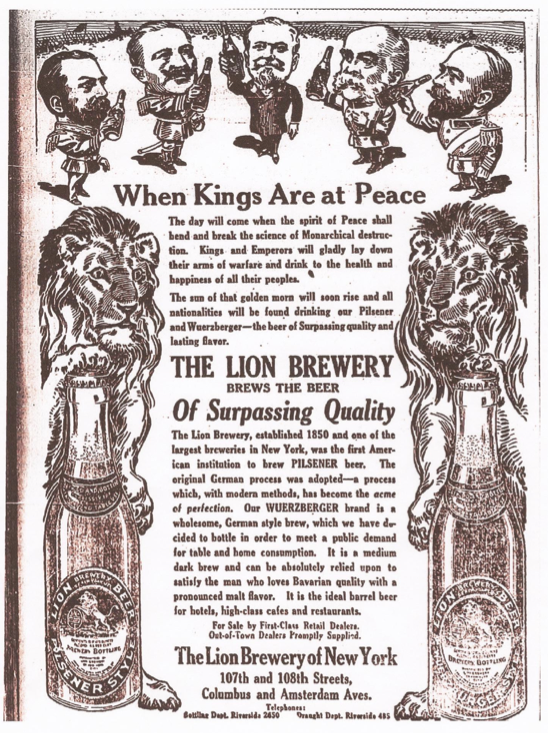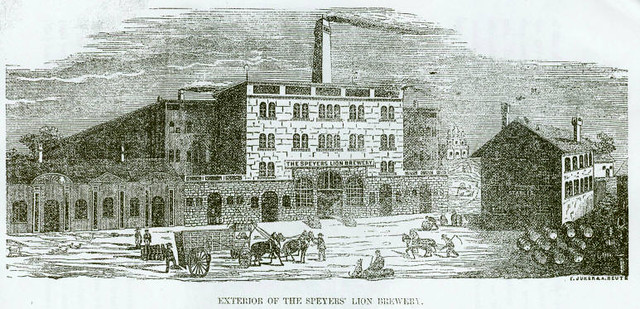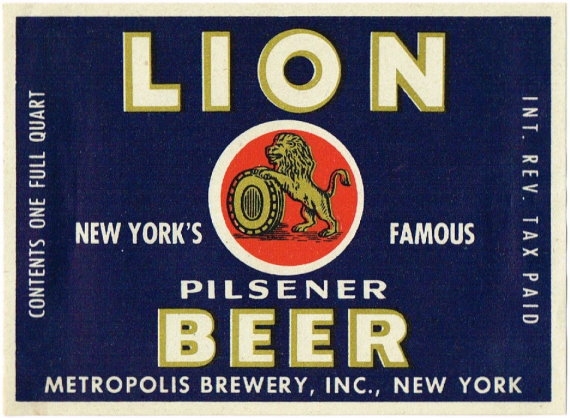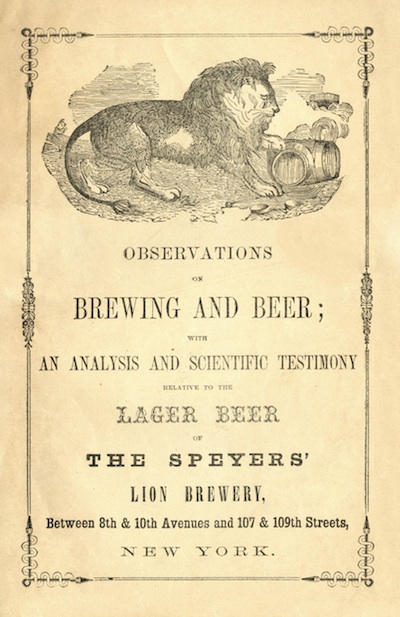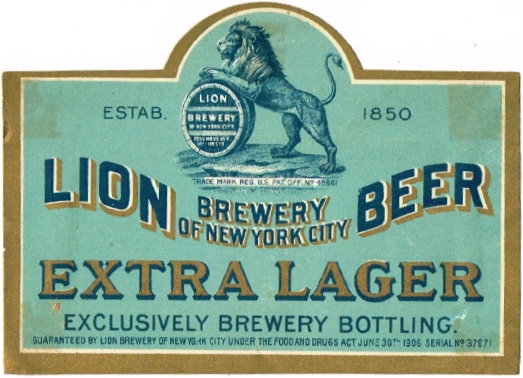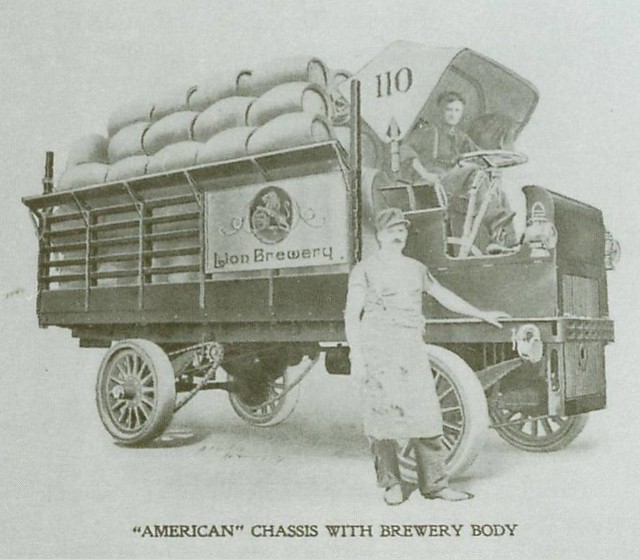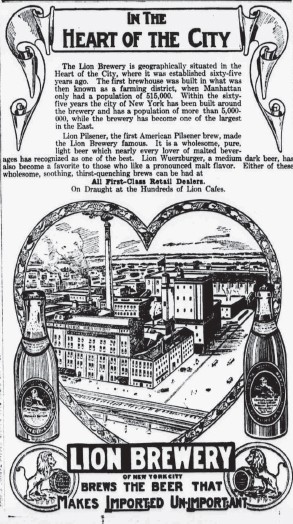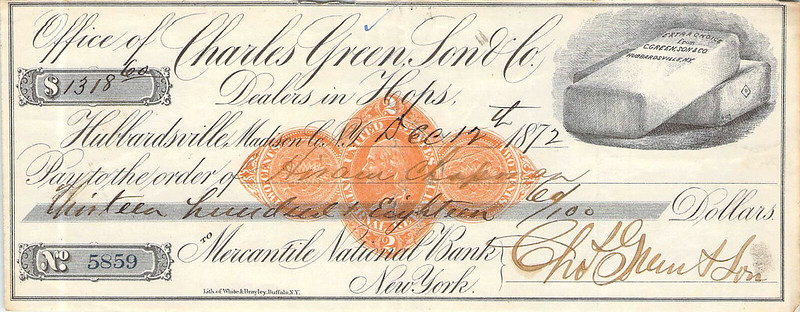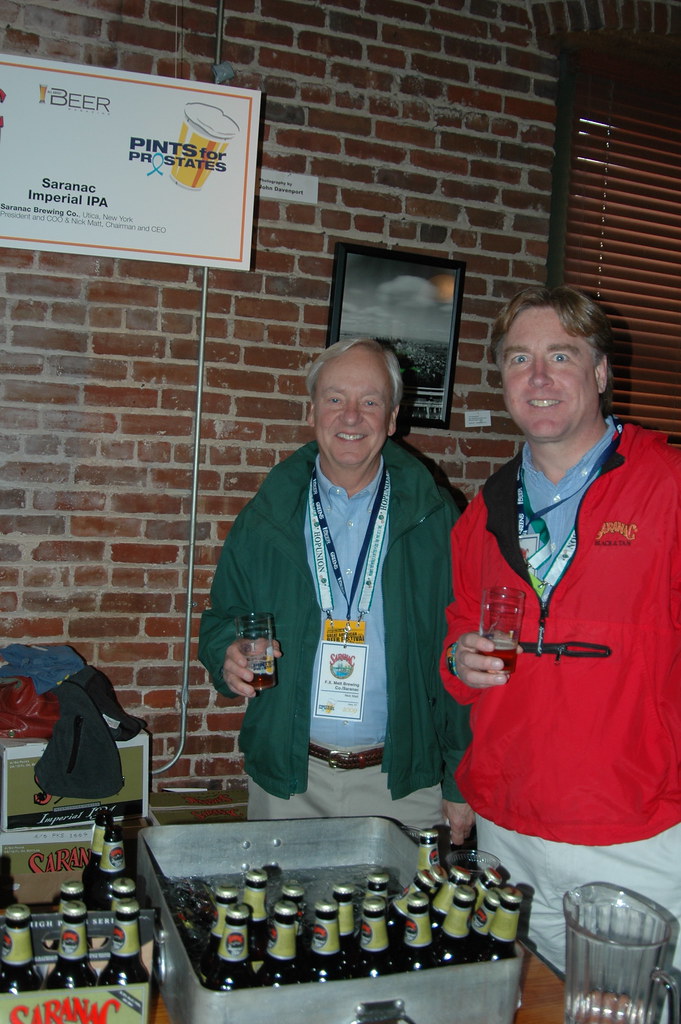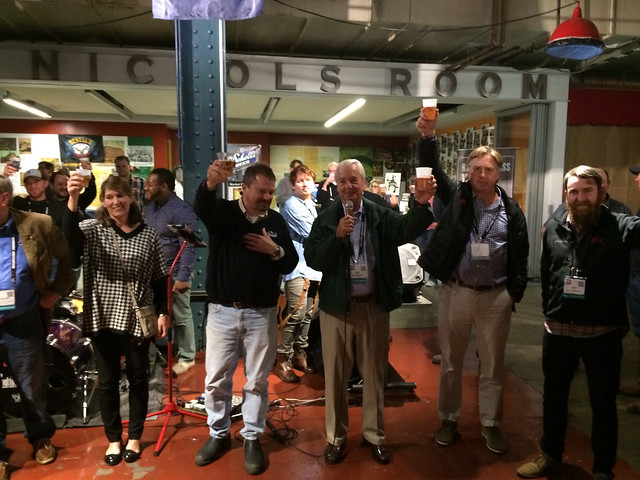
Today is the birthday of William Wilson Sloan (July 6, 1831-May 7, 1901). He was born in Ireland, and moved to Buffalo, New York. Originally a malster, he bought into Buffalo’s fifth brewery, the McCulloch Brewery around 1857. There’s very little I could find about Sloan, and even less in the way of images or photographs.

Here’s some information about Sloan’s brewery, from John & Dave’s Buffalo Brewing History:
Buffalo’s Fifth Brewers: 1830? 1832 McCulloch Brewery
Alexander McCulloch and his son John were listed as brewers, Seneca Street in the 1832 Buffalo Directory. Charles C. Relay of Buffalo’s second brewery is also listed as a brewer, Seneca Street. Could Relay and McCulloch have brewed together for a short time?
The “Hydraulics” was an area near present day Seneca and Hydraulic Streets where a canal was dug in 1828 from Buffalo Creek to produce hydraulic power for an industrial zone. The 1832 Buffalo Directory lists this area as having a grist mill, hat body shop, pail factory, last factory, woolen factory and one brewery believed to be McCulloch’s. Around 1836 the Hydraulics name was changed to “Clintonville” with a population of 500. It was later incorporated into the city of Buffalo.
Alexander had three sons with his wife Elizabeth: Alexander Jr. the eldest, John H. and James. Alexander Sr., who turned the brewery over to his eldest son around 1836, continued to live in Clintonville with his wife until his death around 1846. The McCulloch’s became an important family in what was then called the “Hydraulics” or “Clintonville”. Alexander Jr. and his brothers operated their brewery located on Mill Street near the Hydraulic canal (later Hydraulic St.) until 1843 when they relocated to Steuben Street (later becoming part of Carroll Street) also near the Hydraulic canal. The Attica Railroad laid tracks into Buffalo down Mill Street in the early 1840’s. This is probably what caused McCulloch to relocate his brewery to Steuben Street.
In 1847 the McCulloch’s sold their brewery to James H. Barton and Matthew J. Gilman. The Barton and Gilman Brewery operated until 1857 when it was sold to William W. Sloan. Sloan named his brewery the Hydraulic Brewery. The location remained the same but the address changed to 686 – 702 Carroll Street. Sloan continued brewing and malting at the Hydraulic Brewery until 1876.
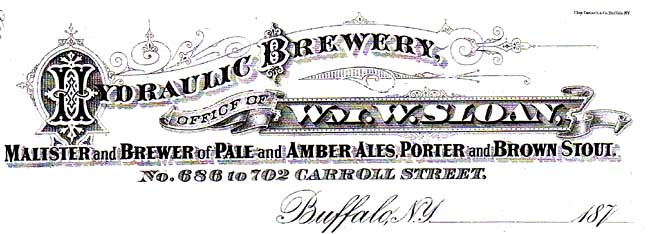
And Buffalo Beer: The History of Brewing in the Nickel City, by Michael F. Rizzo and Ethan Cox has some more:


And the web page History of Buffalo has a little more about the Hydraulic Brewery.

